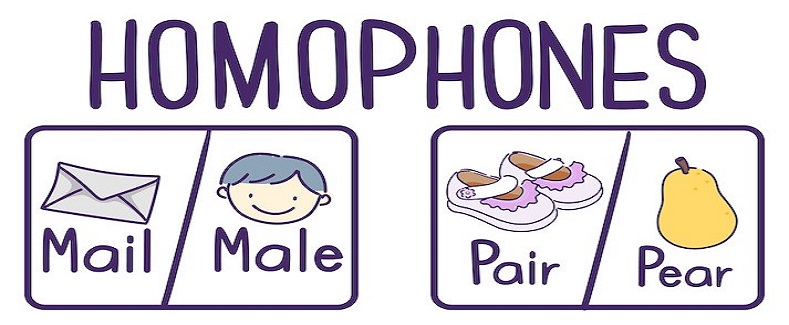Let it be Year 1, 2, 3, 4 and so on. These are tricky part of correct grammar. It is really important in academic writing or in any writing for that matter. The most frequently confused words in English are used wrongly mainly because they are very identical. But all these similarities are actually defined in the English grammar as homonyms, homophones and homographs.
Students tend to make a lot of spelling mistakes when spelling these frequently used words. For example: whether and weather. This is a Homophone – it has a same sound but different spelling and meaning. The meaning is understood but sometimes many tend to spell it wrong when writing the sentence.
HOMOPHONE- A homophone is a word that has a same sound as the other word but has a different meaning and spelling.
“Flower” and “flour” are homophones because they are pronounced the same but you certainly can’t bake a cake using daffodils.
HOMONYM- A homonym is a word that has the same sound and same spelling but has a different meaning.
“You will find the right place if you take the right turn”
“Right”- correct “Right”- direction opposite to left
HOMOGRAPHS- Homographs are words with the same spelling but with a different meaning and sound differs most of the time or may be the same sometime.
“You have a minute to complete a minute piece of work”
“Minute”- Tiny “Minute” – Unit of time.
Once you have understood the meaning of homophones, homonyms and homographs, the table below will help you understand them with more examples of each.

